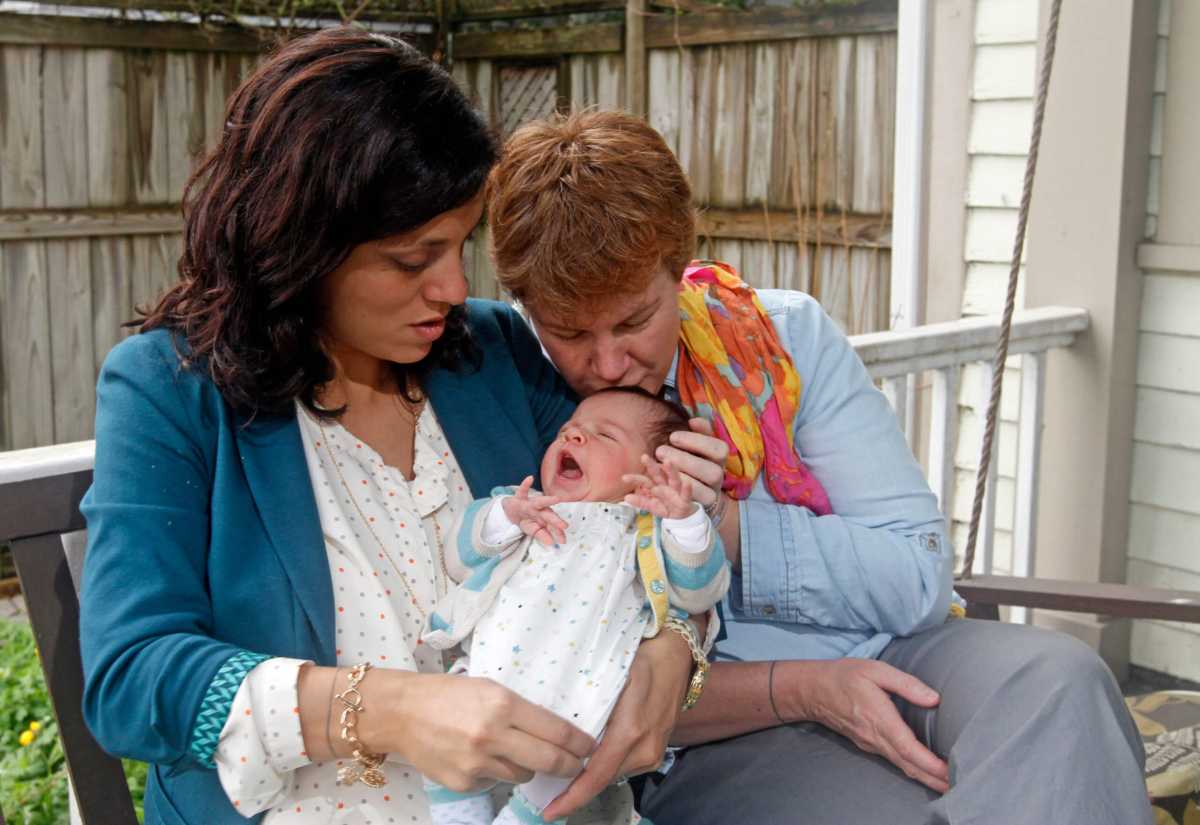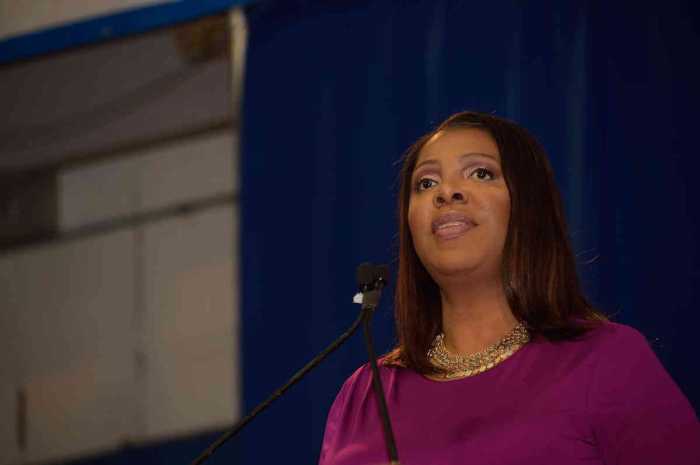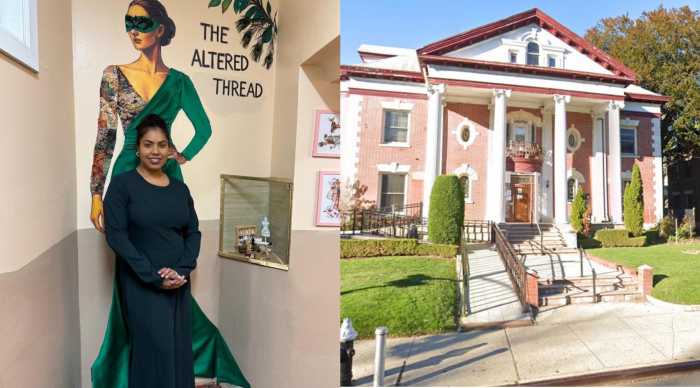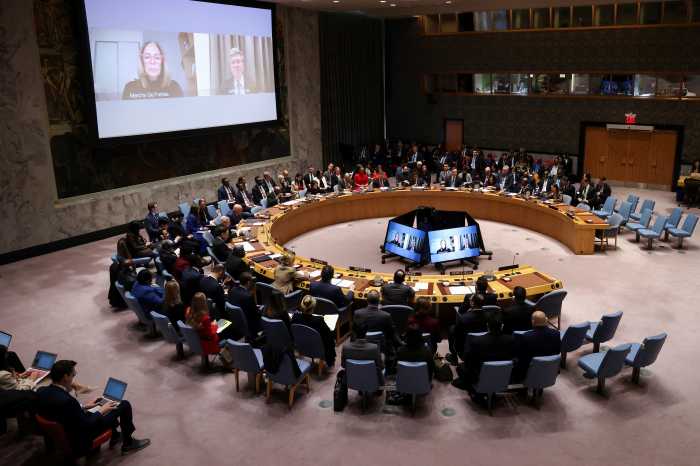The San Francisco metro area boasts the greatest share of same-sex households in the United States, according to a new Census Bureau report unveiling key demographics about same-sex households across the nation.
Same-sex couples represent 2.8 percent of all coupled households in San Francisco, which is followed by the Portland, Oregon metro at 2.6 percent. Same-sex couples make up 2.4 percent of the population in Seattle and Orlando.
Rounding out the top 10 list — which excludes New York — are Austin (2.2 percent), the Miami/Fort Lauderdale metro area (2.2 percent), Boston (2.1 percent), and Denver, Phoenix, and Baltimore, which are all at two percent.
It should be noted that the report does not specify the gender identities of the individuals under consideration in the data, which covers same-sex couples and opposite-sex couples as well as numbers on whether they have children. It also does not include individuals who are single or living with in households without couples.
However, the numbers are comparable to a 2015 Gallup poll examining the US cities with the highest share of LGBTQ people — including transgender individuals and non-coupled folks. San Francisco ranked number one, at 6.2 percent, followed again by Portland (5.4 percent) and Austin (5.3 percent). Those cities were followed by New Orleans (5.1 percent, Seattle (4.8 percent), Boston (4.8 percent), and Salt Lake City (4.7 percent). Los Angeles, Denver, and Hartford, Connecticut were in a three-way tie for seventh place at 4.6 percent.
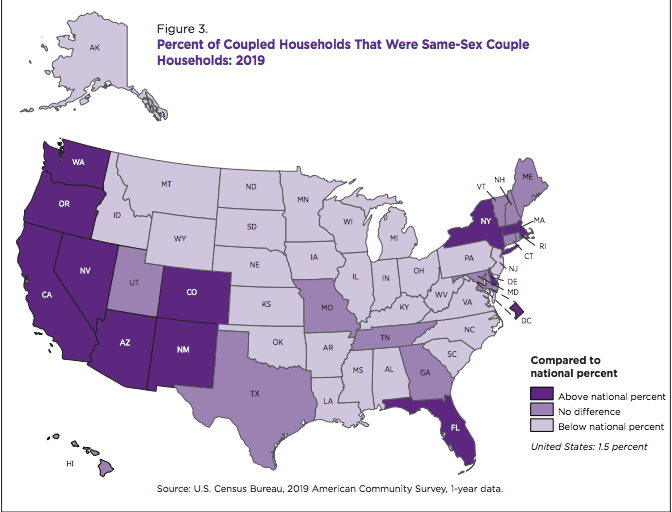
In the latest report from the Census Bureau, there are 66,427,835 “coupled” households encompassing both opposite-sex and same-sex couples nationwide. Just below one million of those homes consist of same-sex couples.
Notably, Women in same-sex relationships consistently outnumber men. Fifty-three percent of married same-sex couples are women and 47 percent are men, while 52 percent of unmarried same-sex couples are women and 48 percent are men.
Among married same-sex couples, 22 percent have children under age 18 in their households, while just 14 percent of unmarried same-sex couples have children. More than half — 52 percent — of married same-sex couples have biological children, along with 44 percent of unmarried same-sex couples. Meanwhile, 17 percent of married same-sex couples have adopted children compared to six percent of unmarried partners.
Among opposite-sex married couples with kids, 84 percent only have biological children and 1.7 percent only have adopted children.
Numbers among unmarried couples across the board are similar when examining households with a combination of children who are biological children, stepchildren, adopted children, or other relatives. Those families are seen among 13 percent of opposite-sex couples’ households and 11 percent of households with same-sex couples.

